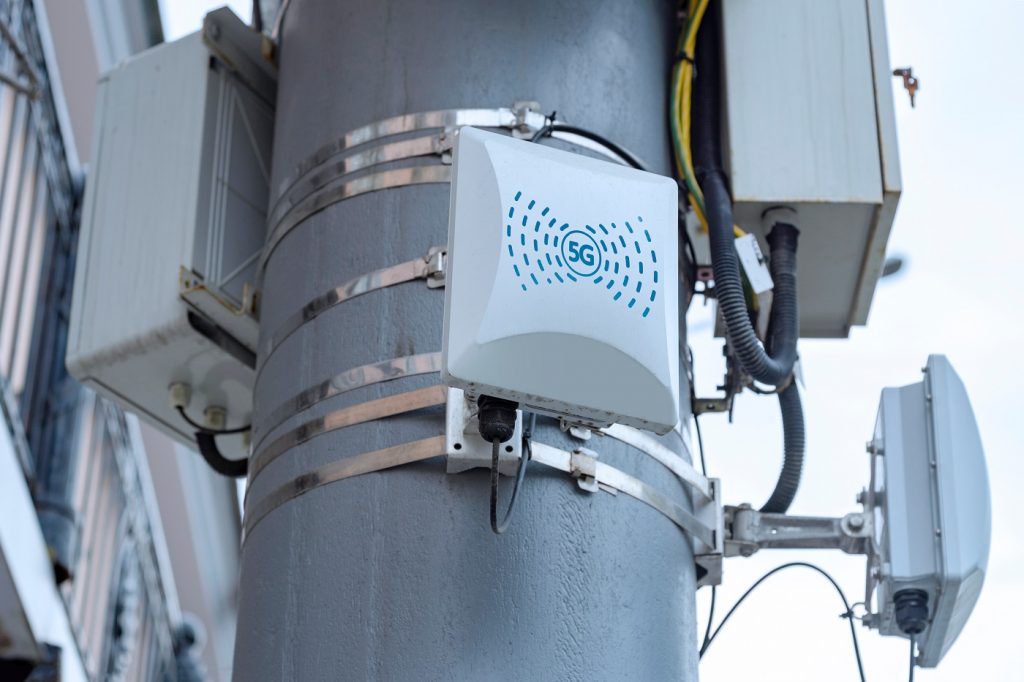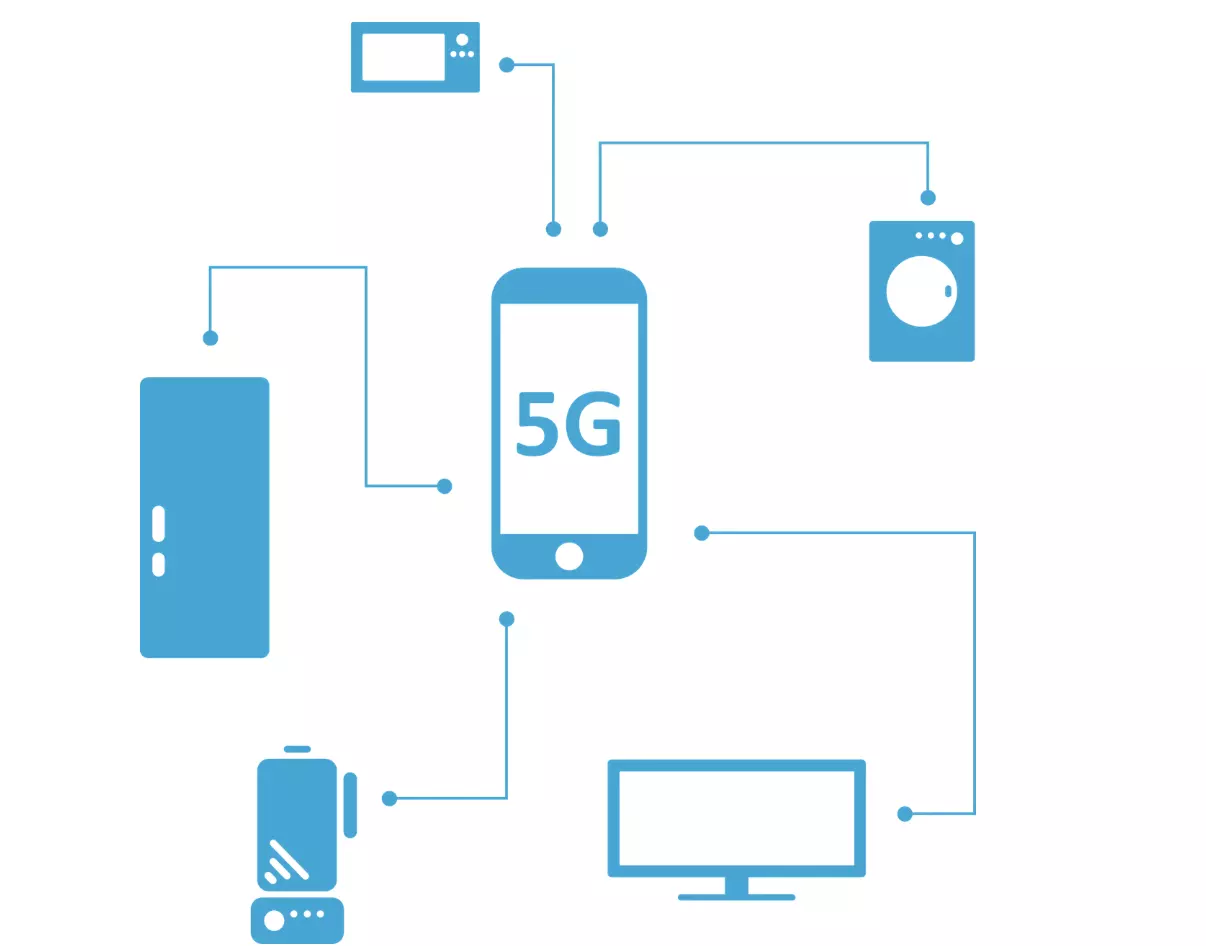Comments
- No comments found

5G small cells play a critical role in a number of use cases.
A connected world that is fully digitalized was a far reality but with 5G connecting the world has become easier. Small cells are the best equipment for 5G deployments.
Small cells are low-power, short-range wireless transmission systems (base stations) designed to serve indoor and outdoor applications or a restricted geographic area. Small cells, on the other hand, possess all the fundamental traits of conventional base stations and are equipped to handle high data rates for single users. Small cells will be crucial to the effective delivery of high-speed mobile broadband and other low latency applications in 5G and LTE advanced deployments.
Businesses need to be aware of the various 5G small cell types because they have various use cases, power levels, and coverage constraints. Small cells in 5G networks will be used in a wider range of scenarios with a variety of architectures compared to previous generations.
The three primary subtypes of tiny cells are listed below.
Femtocells
Largely used as a cheap way to improve in-building coverage. Femtocells support 8–16 users, have a coverage range of 30–165 feet, and link by wired or fiber for backhaul.
Picocells
Used to increase indoor and outdoor coverage for small businesses such as offices, hospitals, shopping centers, colleges, and workplaces. Picocells utilize a wired or fiber backhaul connection, cover a range of 330–820 feet, and may accommodate 32–64 people.
Microcells
Microcells are used to offer coverage to a specific region, such as hotels, shopping centers, and special locations inside transit hubs. Microcells use a cable, fiber, or microwave backhaul link, have a range of up to 1.5 kilometers, and can accommodate 200 simultaneous users. Compared to femtocells and picocells, microcells are more expensive.
Small cells use cutting-edge methods like MIMO, beamforming, and millimeter waves for distribution, precisely like regular cells do. Using the small cell principle, low-power transmitting stations may be built quickly. Additionally, small cell hardware units are made to be simpler, which makes implementation quicker and simpler.
For indoor uses, small base stations (transceivers) can be mounted on a wall; for outdoor applications, small towers or lampposts can be employed. Microwave links, cable connections, and fiber connections can all be used for backhaul. Only the backhaul and power source need to be connected; configuration is minimal.

It's crucial to remember that tiny cells are not a novel 5G technology. Small cells have been installed in 3G and 4G networks.
Small cells were mostly employed in residential areas in a 3G code-division multiple access (CDMA) or wideband code-division multiple access (WCDMA) network to increase coverage so that the cellular network could reach as many customers as feasible.
As networks started to become more densely populated in metropolitan areas or businesses located in huge buildings, tiny cells were employed in a 4G network to reduce CAPEX and maximize network expansion.
In addition to supporting smartphones, 5G connects everything, including cars, IoT devices, and cutting-edge "killer" applications that are being created as you read this page. The concept of offering capacity for mobile devices and connection for Internet of Things sensors will be crucial to the development of 5G for tiny cells.
In places where the signal is poor or unavailable due to blockage, coverage is improved. This makes it easier for a network data centre to provide better service to both interior and outdoor locations that are obstructed.
Small cells help the 5G wireless network support more users because of the aforementioned.
Due to lower latency and proximity to consumers, tiny cells provide faster data services.
Small cells use less energy since they operate at low power.
Smaller size means that small cells are simpler to handle and install.
It aids in offloading cellular traffic to effectively serve users with higher signal quality.
Higher data rates up to a few gigabits per second can be delivered by small cells.
One of the main drawbacks is the low power's effect on coverage.
Due to resource constraints, the number of users per cell is restricted.
For many deployments, a substantial expenditure is required.
Compared to traditional BSs, they have a smaller coverage area.
They manage fewer simultaneous internet surfing and voice/data call sessions.
They cost more than relays and repeaters.
Major applications include the development of 5G and LTE advanced networks for improved mobile broadband and fibre cabling in densely populated areas to reduce data traffic congestion and improve user experience.
to serve mission-critical services that demand a highly dependable network and minimal latency.
Several Internet of Things (IoT) use cases include smart healthcare, smart cities, and smart homes.
Multiple cell installations can accommodate a large number of customers during special events like sports and gaming.
Drones with disaster management software (such as a cell on wheel COW).
Since 5G technology is a framework for a variety of applications in the future, it must adhere to all requirements. The small cell concept is the ideal way to provide users with improved mobile internet, reduced latency, and dependable service. The appropriate operation of upcoming small cell deployments will be ensured by higher order modulation techniques, MIMO technology, and millimeter wave spectrum.
Anuja is the Co-founder and CEO of RedAlkemi Online Pvt. Ltd., a digital marketing agency helping clients with their end to end online presence. Anuja has 30 years of work experience as a successful entrepreneur and has co-founded several ventures since 1986. She and her team are passionate about helping SMEs achieve measurable online success for their business. Anuja holds a Bachelors degree in Advertising from the Government College of Fine Arts, Chandigarh, India.
Leave your comments
Post comment as a guest